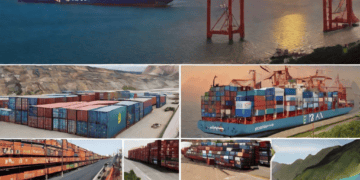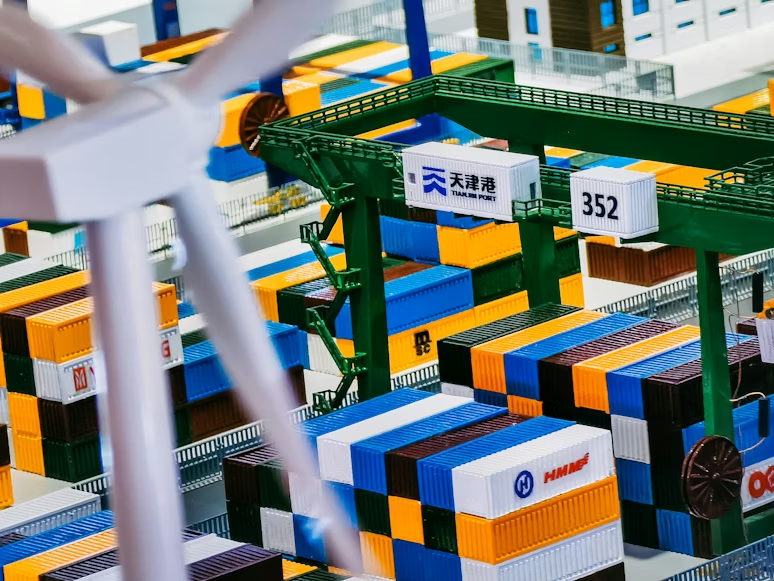As global economic landscapes evolve, recent developments in the BRICS nations have drawn attention to enhancing trade relations and fostering innovation. The recent BRICS Summit in Brasilia highlighted common goals of expanding trade and innovation among its member nations—China, India, Russia, South Africa, and Brazil. With a combined population of over 3.1 billion and significant economic prowess, these nations are poised to represent over 50 percent of global GDP by 2030, according to IMF projections.
For these ambitions to materialize, strategic planning and innovative approaches, including the advancement of free trade agreements, are crucial. Notably, China spearheads the Belt and Road Initiative, Brazil holds influence through Mercosur in South America, Russia drives development in the Eurasian Economic Union, India plays a key role in the South Asia Free Trade Area, and South Africa is a major player in the Southern African Development Community.
Distinguishing itself from other BRICS members, China’s involvement in multiple free trade agreements is noteworthy, while the BRICS platform, although not inherently a free trade alliance, indicates a potential foundation for fostering such agreements. The 2019 Brasilia Declaration by BRICS further emphasizes this trajectory.
In this analysis, we explore the potential of China’s engagement with Mercosur, particularly focusing on Brazil’s leadership within the Mercosur Customs Union. This Union, encompassing Argentina, Brazil, Paraguay, and Uruguay, operates with free intra-zone trade and a collective trade policy among its members. Home to over 250 million people and accounting for a substantial portion of South America’s economic activity, Mercosur holds a pivotal position in global trade, with an annual GDP of approximately US$5 trillion.
Expanding Mercosur’s reach is a priority, as indicated by Uruguay’s Finance Minister, emphasizing the necessity for joint international policies, moderate protection from third parties, and collaborative agreements with other trade blocs.
Regarding China’s engagement with Mercosur, while Brazil within Mercosur has established preferential trade agreements with India and the Southern African Customs Union, its interaction with China through the Belt and Road Initiative is limited. Notably, Uruguay stands out as one of the few major BRICS nations to sign a Memorandum of Understanding (MoU) with China under the Belt and Road Initiative, emphasizing its importance as Uruguay’s primary trading partner.
Uruguay aims to deepen this relationship beyond trade, focusing on areas like infrastructure development, offering favorable conditions for Chinese investors. However, while Uruguay’s alignment with China is prominent, other Mercosur nations, including Brazil, Paraguay, and Uruguay, along with associate members, are observant. Concerns arise regarding China’s resource allocation, given its commitments in Southeast Asia, Central Asia, and Africa, potentially delaying significant Belt and Road initiatives in South America.
Yet, China actively pursues diplomatic ties, establishing forums like the China-CELAC Forum, aiming to bolster its influence in Latin America and the Caribbean. The surge in trade between China and Latin America substantiates China’s commitment to the region, acknowledged in the Chinese Policy Paper on LAC (2016). Despite its growing influence, discussions for elevated trade relationships between China and Mercosur remain gradual, indicating a step-by-step approach rather than an immediate comprehensive FTA.
Nevertheless, China’s investments in South America are visible, ranging from infrastructure projects in Argentina to funding a fiber-optic network in Chile and offering substantial financial support to Ecuador upon joining the Belt and Road Initiative. As South American countries contemplate a shift towards trade with China amidst US trade restrictions, negotiations for free trade agreements with China remain a focal point. Brazil’s political relations, China’s tariff reductions, and potential trade expansions with other regions like the EAEU are variables influencing this prospect.
In the long term, considering China’s expansive free trade zones along the Belt and Road Initiative and Mercosur’s existing agreements, exploring alliances between the two holds promise. Access to free trade zones, sourcing goods, and aligning products for global exportation underscore the potential benefits of a Mercosur-China alliance.
While the intricacies of such a partnership require thorough examination, the current landscape signifies plausible opportunities for collaboration between Mercosur and China. The dynamics of this evolving relationship warrant close observation for the potential it holds in shaping future trade landscapes.

















